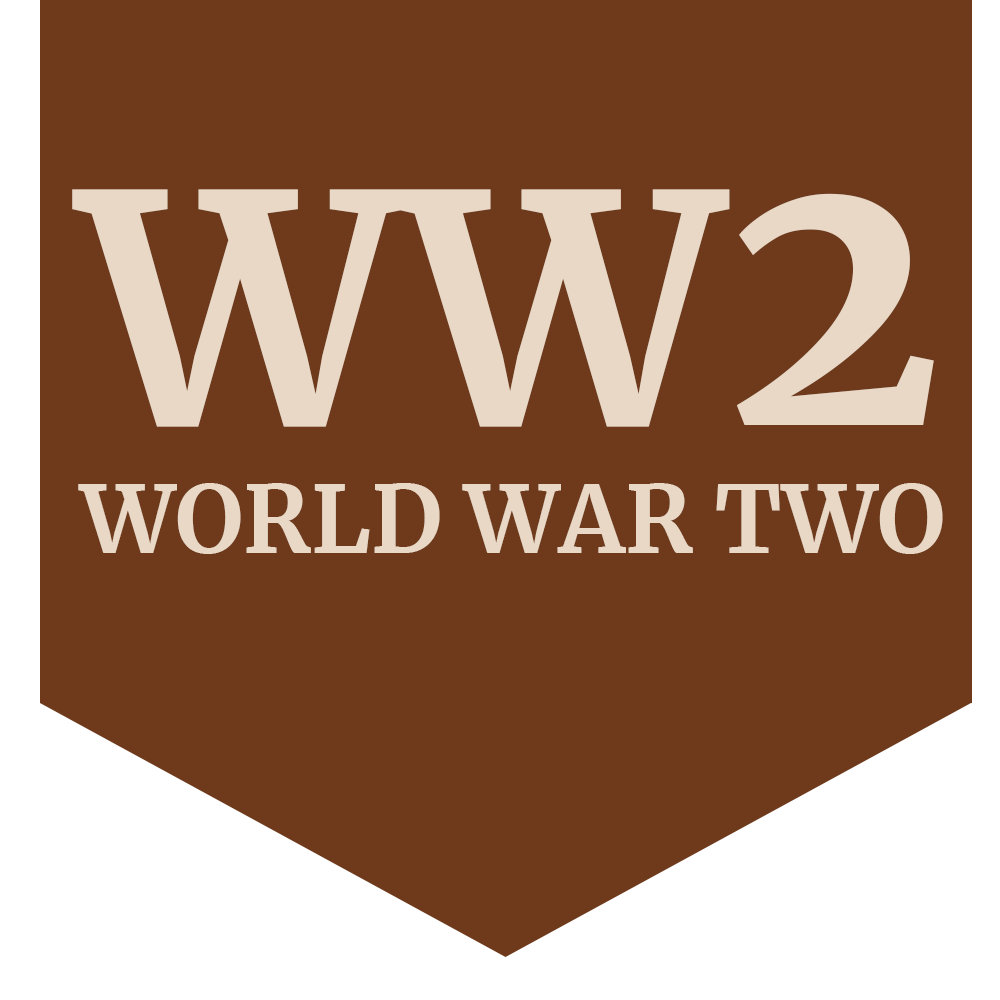
James William Priest Reid
Postman
Pre War Army.
- Family History
- Military history
- Extra information
- Photographs
Son of James William and Margaret Elizabeth Reid, of Farndon, Nottinghamshire
In April 1942, the regiment was redesignated as the 107th (South Nottinghamshire Hussars Yeomanry) Field Regt RHA (by which time it had gained a third battery, the 520th). Shortly thereafter, it was destroyed almost to a man while fighting the Battle of Knightsbridge, providing a suicidal defensive rear-guard action to cover the retreat of the British Army during the Battle of Gazala campaign.
Battle of Knightsbridge Libya: At dawn German tanks and Stuka dive bombers appeared. Purple smoke immediately appeared around almost the entire perimeter of the Cauldron. This was the German method of identifying their front line to their supporting aircraft.
The battle began very low key. Shelling at medium range and probing tank patrols every few hours.
At eight-thirty 425 Battery took the full force of the German attack. The enemy tanks sat back and poured shells, air-burst and high explosive, into their midst. For hours the engagement remained in this pattern, the guns giving as much as they received. Lieutenant Colonel William Seely contacted HQ by radio, he had realised that the German shelling was concentrated on the trucks rather than the guns and that unless a decision was made quickly it would not be possible to withdraw owing to the lack of mobility. He was ordered to remain to the last man. To the immediate front the Lieutenant Colonel's Armoured car was seen traveling at high speed, the car turned parallel to the guns and the Lieutenant Colonel hanging out of the vehicle was yelling, "Tank Alert ! Independent Gun-fire! Zero elevation! "That meant each gun for itself. By the afternoon ammunition was becoming desperately short and finally expired around three-thirty.
Lieutenant Colonel William Seely and his armoured car crew, with the exception of the driver, were all killed with a direct hit from a Panzer. About four o'clock German tanks had worked up onto the gun positions. There was little left to do other than surrender. At four-thirty in the afternoon with only three guns left out of twenty-four (of 245, 246 & 520 Bty) and no ammunition, Major Daniell, being the only senior Officer left standing, surrendered.
Seventy-six men died and over a hundred were severely wounded.
Casualties reached a figure of almost forty per cent of the Regiment's total strength.
Unknown


